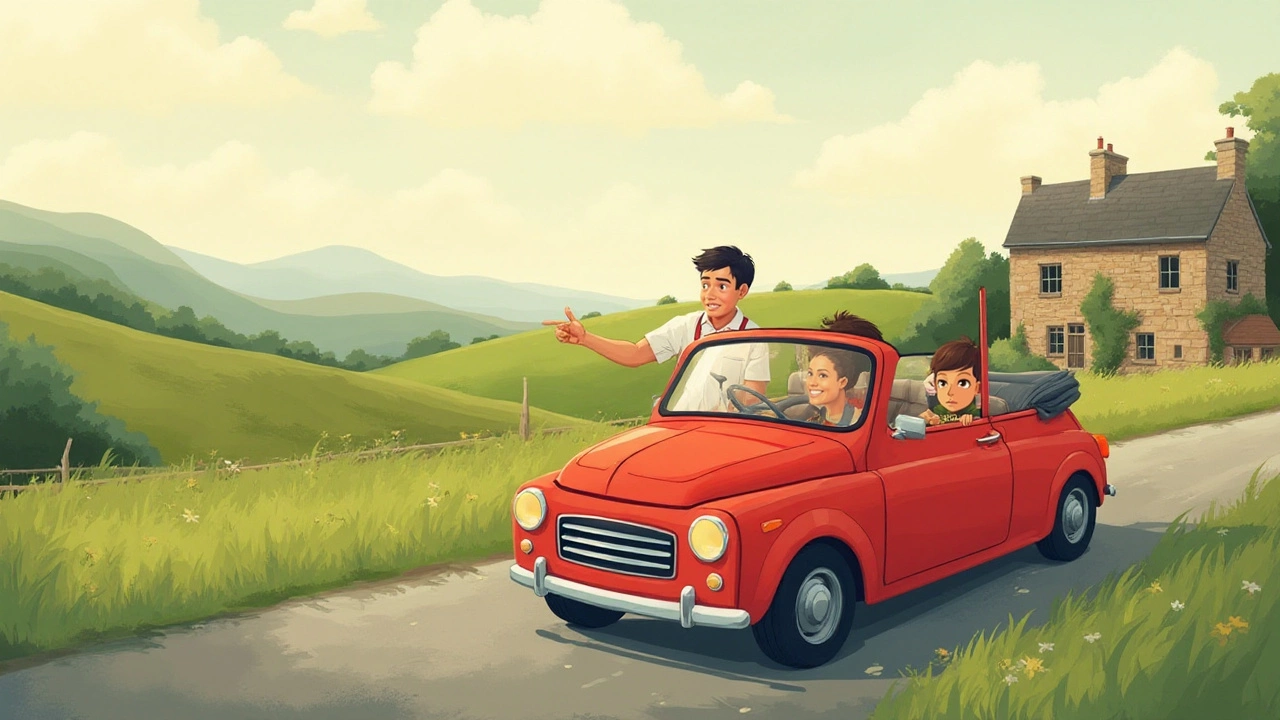Clutch Control Tips for HGV Drivers
If you drive a heavy goods vehicle, mastering clutch control is a daily need. A good feel for the clutch means smoother starts, less wear, and safer manoeuvres. Below are practical steps you can try right now, whether you’re new to HGVs or looking to sharpen your skills.
Feel the Bite Point
The bite point is where the clutch plates start to engage. To find it, press the pedal down, shift to first gear, then release the pedal slowly. You’ll notice the engine revs drop a little and the vehicle wants to move. That is the bite point. Practice stopping just before the truck rolls forward, then add a little more pressure to move. Repeating this will give you a clear sense of where the clutch meets the engine.
Use the Hand‑Clutch Technique on Hills
Hill starts are where many drivers lose control. The hand‑clutch method helps you stay on the bite point while you gather gas. With the clutch at the bite point, hold the pedal with your hand and press the accelerator to raise the revs to about 1500–1800 rpm. When you’re ready, release the hand‑clutch and let the foot pedal take over. This way you avoid rolling back and you get a smoother launch.
Another tip is to use the “heel‑to‑toe” approach when shifting down on a downgrade. Keep the accelerator pressed with the heel of your foot while you lift the clutch and press the brake with your toe. This balances speed and prevents the engine from stalling.
Don’t forget to match revs when downshifting. Before you drop into a lower gear, give the accelerator a quick blip to raise engine speed. The clutch will engage more smoothly and you’ll feel less shock through the vehicle.
Regular maintenance also plays a part. A worn clutch can make it harder to find the bite point and increase pedal effort. Check for slipping, strange noises, or a spongy pedal feel. If you notice any of these, have the clutch inspected before it becomes a safety issue.
Finally, practice makes perfect. Find a quiet stretch of road or a training yard where you can repeat starts, stops, and gear changes without traffic pressure. Record how long it takes to move from a full stop to a steady crawl, then aim to shorten that time gradually.
By focusing on the bite point, mastering hill starts, and keeping your clutch in good shape, you’ll notice smoother rides, lower fuel use, and fewer wear costs. Clutch control isn’t a theory – it’s a habit you build every day behind the wheel.
- January 31 2025
- 0 Comments
- Rowan Cavendish
Mastering the Clutch: Find the Biting Point with Confidence
Learning to find the biting point is a vital skill for manual car drivers. This moment, when the engine and wheels start working together, can be elusive but mastering it makes driving smoother. Understanding the biting point requires a good feel for the car and patience to practice consistently. By breaking down the process, new drivers can build confidence and ensure they handle their vehicles safely. Discover the essentials of clutch control and easy tips to perfect this skill.
- Driving Lessons (41)
- HGV Training (31)
- Driving Test Tips (31)
- Driving Test Booking (26)
- Driving Licence Renewal (23)
- Driving Theory Test (21)
- Pass Plus Course (15)
- Driving Tips (15)
- Intensive Driving Course (15)
- Driver Licensing (14)
Categories
- December 2025 (12)
- November 2025 (13)
- October 2025 (21)
- September 2025 (5)
- August 2025 (8)
- July 2025 (30)
- June 2025 (30)
- May 2025 (30)
- April 2025 (31)
- March 2025 (30)
- February 2025 (28)
- January 2025 (34)
Archives
- driving lessons
- driving test
- driving tips
- intensive driving course
- driving test tips
- HGV training
- learn to drive
- driving theory test
- driver training
- driving test booking
- pass driving test
- HGV driving
- road safety
- driving license renewal
- Virginia driving test
- learner drivers
- safe driving
- Virginia driver's license
- driving license
- learning to drive

